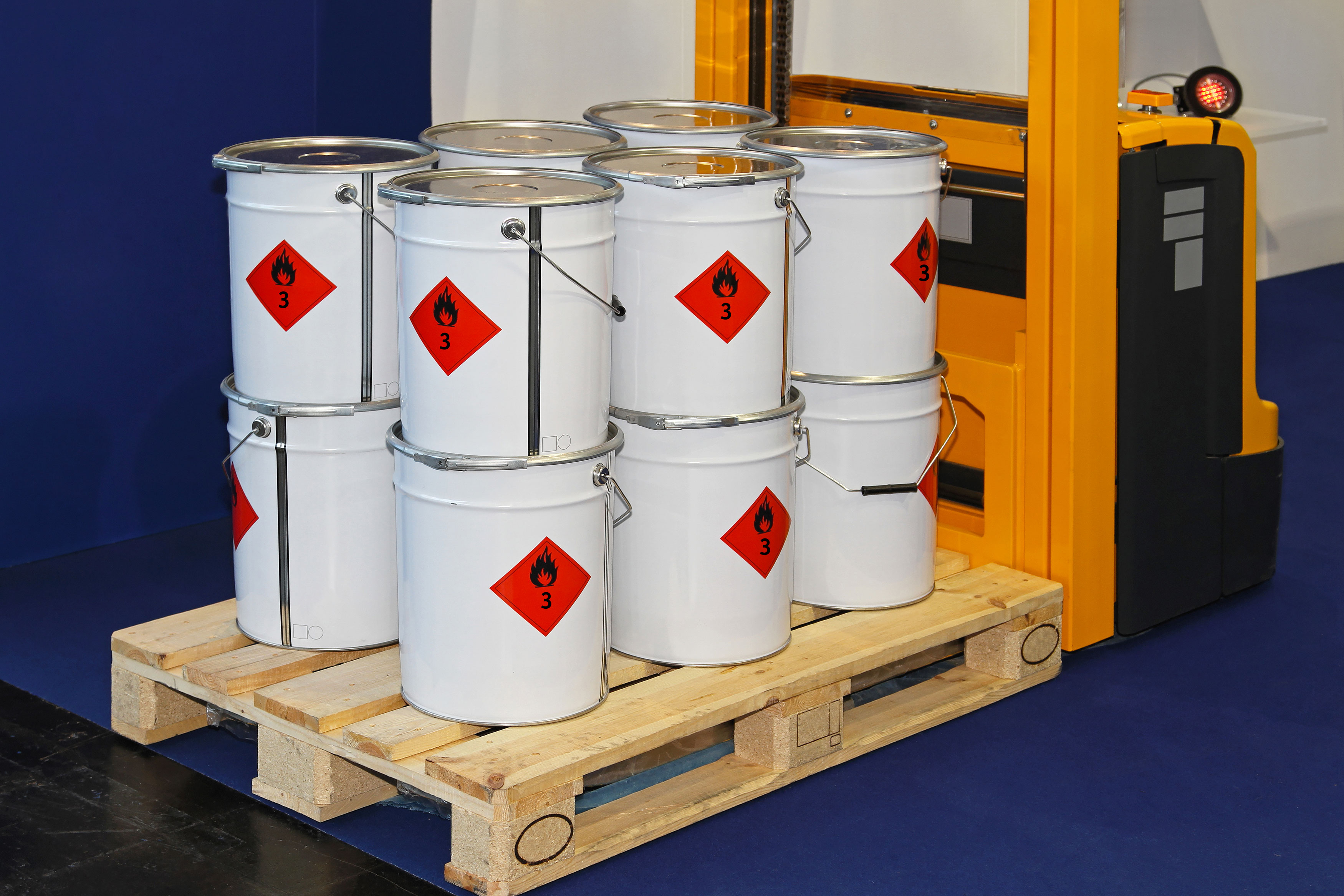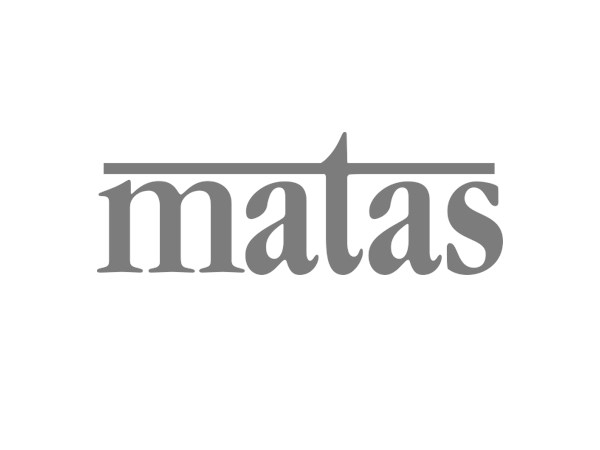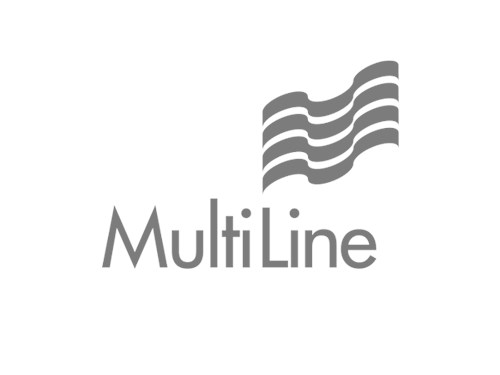Transport of dangerous goods
18. juni 2025
We know that handling and shipping dangerous goods is a demanding task. Transporting hazardous materials involves significant risks. That’s why the authorities have established a set of rules you must follow before sending your shipment.
Many companies reach out to us at Danske Fragtmænd for guidance when shipping dangerous goods. That’s why we’ve gathered the seven most important things to be aware of if you ship hazardous materials.
Mandatory training
All employees involved in the transport of dangerous goods must, as a minimum, complete the basic ADR 1.3 course. This includes office staff filling out consignment notes and transport documents, as well as personnel who handle the goods directly.
Safety adviser
All companies shipping and transporting dangerous goods above the exemption limit must appoint a safety adviser. This person does not necessarily have to be employed by the company and can be an external consultant.
Shipper's responsibilities
As the shipper, you may only send goods that comply with the ADR convention. The shipper must inform the carrier in a traceable way about the dangerous goods using transport documents, approvals, certificates, and the like. The shipper must also use only packaging that is approved, suitable, and properly marked for transporting the specific substances.
Challenges with return goods
Returns of dangerous goods can be challenging, as the roles are reversed—the original recipient becomes the shipper. This means they are now subject to the shipper’s responsibilities. Not all companies have the resources for this, so you may need to advise and assist them when handling return shipments.
Transport of especially hazardous goods
Some dangerous goods are not allowed to be transported in an open distribution system. For example, goods that require special training or constant supervision. In addition, some goods are subject to the Danish Weapons Act. These shipments must be handled as direct transports or with special vehicles. For certain UN numbers, co-loading on the same vehicle is also prohibited.
Dangerous goods at third-party warehouses
If you want to store dangerous goods at, for instance, a warehouse facility, special requirements apply to the equipment and infrastructure, as outlined by emergency services. This includes fire extinguishing equipment, room partitioning, oil and chemical separators in drainage systems, and so on. Make sure your warehouse provider meets these requirements before sending your dangerous goods there.
Special regulations for other transport modes
If you plan to ship dangerous goods by sea, air, or rail, be aware that different regulations apply in each case.
If you're in doubt about how to handle shipments that include dangerous goods, you can read more in our guide here.
Do you have questions or need advice on the transport of dangerous goods?
You are always welcome to contact our Customer Service at kundeservice@fragt.dk or by phone at T +45 72 52 72 52.








